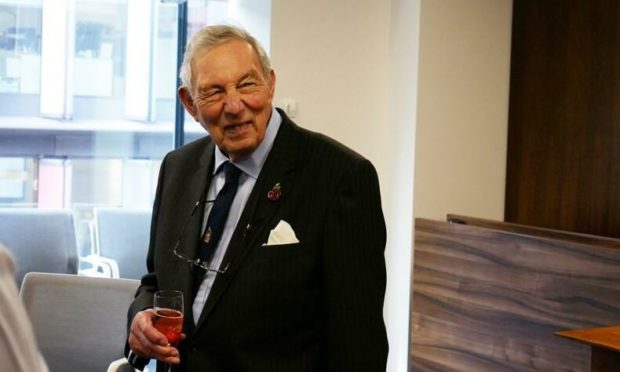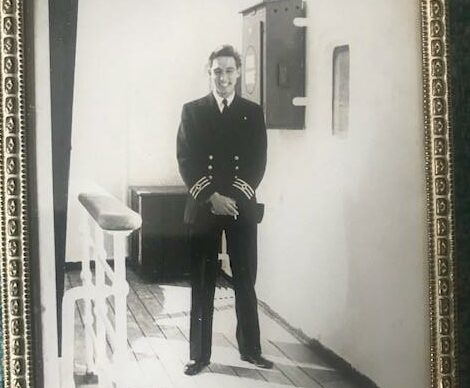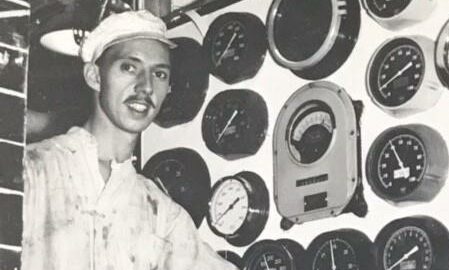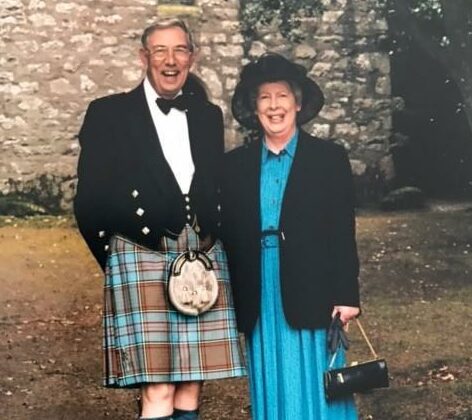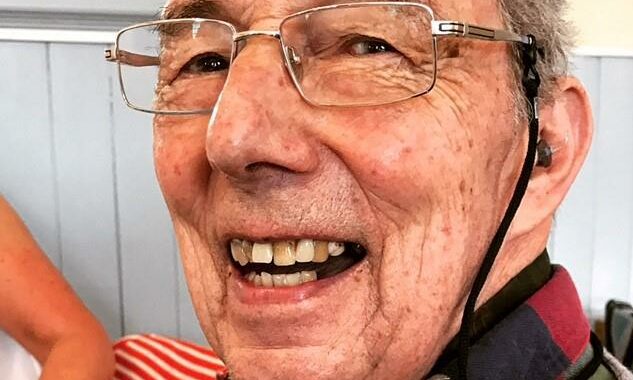William Anderson, who founded one of the most prominent firms servicing the North Sea oil industry, and went on to mentor engineering apprentices, has died just short of his 89th birthday.
Mr Anderson was managing director of Wilmar Engineering, Aberdeen, a past chairman of the Engineering Industries Association in Scotland, and a chairman of Aberdeen Industries Training Board.
He was also a past president of Aberdeen Mechanical Society and worked hard to forge links between academia and the industry.
William was also a passionate fly-fisherman and fished beats on the Spey, Dee and Don.
He was known widely as Bill and was born in Aberdeen in 1932.
His father, William, had been a tea planter in Assam, India, and his mother, Gwendoline, was of Indian and French descent.
In about 1929, Bill’s parents returned to the UK and bought a house in Bayview Road, Aberdeen.
They had a comfortable life with a chauffeur and housekeeper. The couple eventually separated and Bill began his primary education at a boys’ school in Ealing, West London.
When war broke out, his father wanted Bill to return to the comparative safety of Aberdeen, where he was enrolled at Aberdeen Grammar School.
Bill’s father died in 1947 when he was 15 and he was cared for by the family’s housekeeper.
When he left school he went on to study engineering at Aberdeen University and then Bill began an apprenticeship at Fairfield shipyard in Glasgow to learn mechanical engineering from the ground up.
He then went to sea with the Blue Funnel line, rising to become a chief engineer and sailing the world, including through the Suez Canal at the time of the crisis.
After six years at sea, Bill returned to Aberdeen where he met his future wife, Margaret, who came from Elgin.
The couple married in 1962 and had one son, Iain.
At that time, the convenience and frozen foods market was developing and Bill took his skills to a Unilever subsidiary operating in Torry, which developed manufacturing products.
He branched out on his own in 1965 and opened Wilmar Engineering in a little shed near the beach.
Bill son’s Iain said: “At that time he was doing mechanical jobbing work, repairs and machine stripping and then a few years later oil came and his firm played a central role in servicing the new industry.
“In addition, Wilmar also developed products including a caravan tow-bar stabiliser which was quite revolutionary at the time.”
Wilmar relocated to East Tullos, where it employed around 50 people.
National profile
In parallel to running the business, Bill became heavily involved in representing the engineering sector locally and nationally.
When Wilmar closed after the 1988 oil price collapse, Bill continued to undertake occasional engineering projects but devoted much of his time to promoting engineering and mentoring apprentices.
Bill was an Aberdeen Grammar FP, was a chairman of Banchory Devenick Community Council and a Royal Northern and University Club member.
